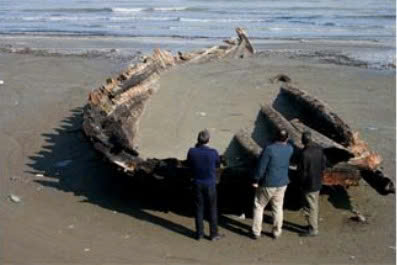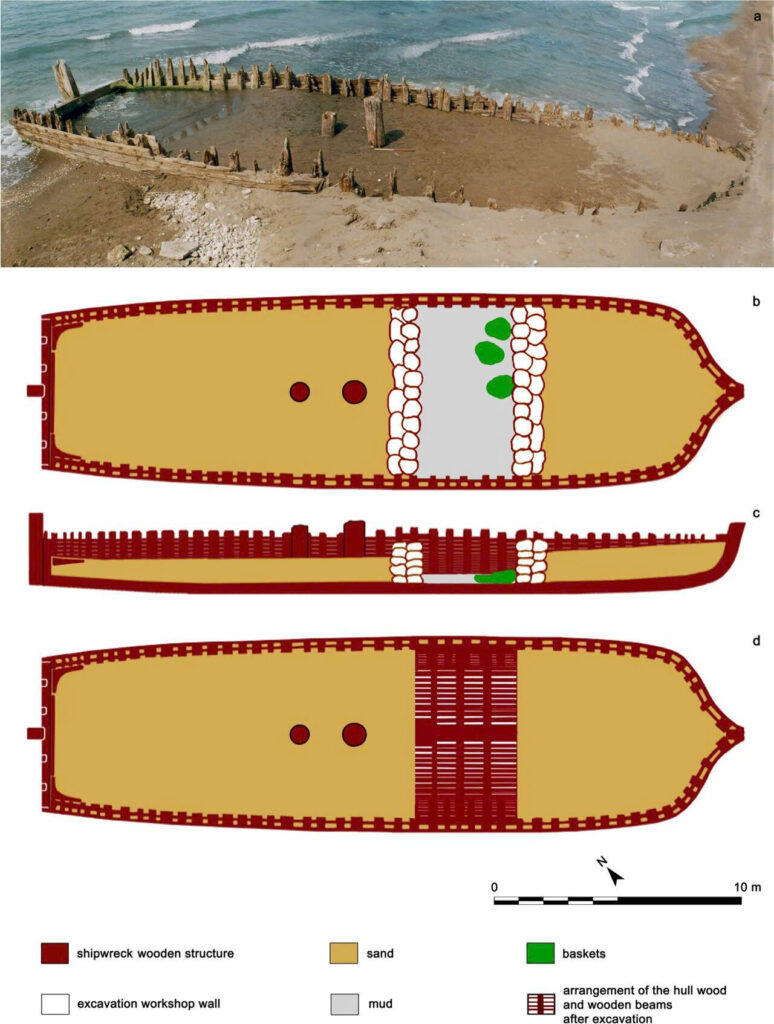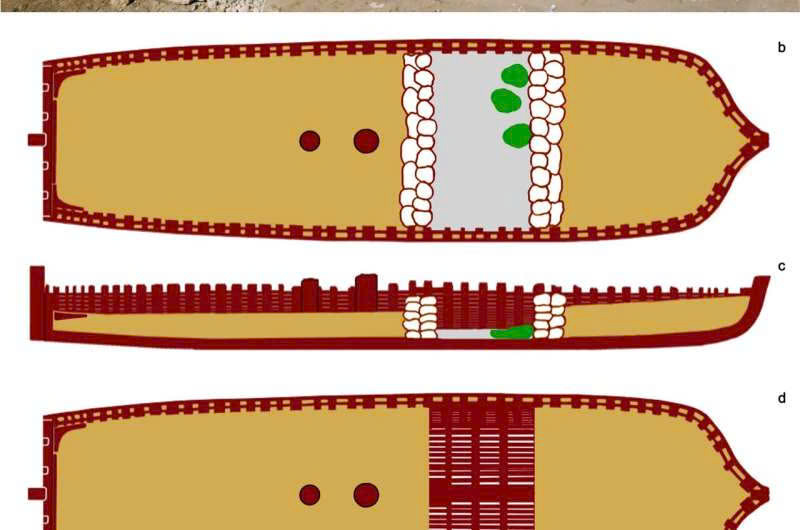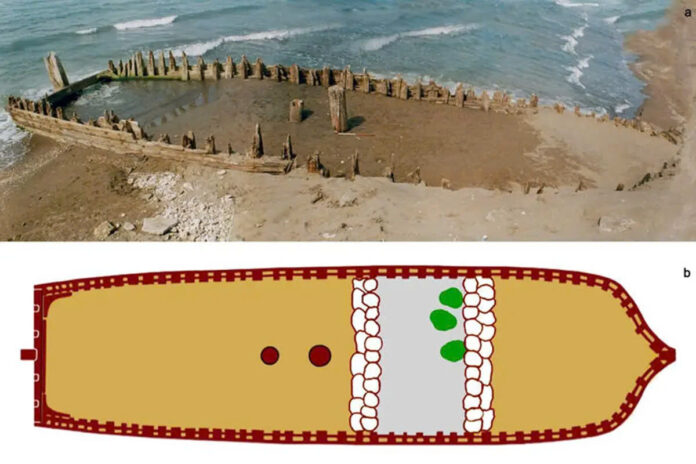A Remarkable Maritime Discovery

In a fascinating turn of events, archaeologists have uncovered a well-preserved 18th-century shipwreck near the village of Zaghemarz along the Caspian Sea’s southern coastline. This extraordinary discovery emerged as coastal sand dunes gradually retreated, revealing a glimpse into the region’s rich maritime history.
Unveiling the Ship’s Secrets
The excavation has revealed an impressive vessel stretching 28 meters in length, with remarkably preserved features including the wooden hull, keel, endposts, framing timbers, hull planks, and bulkheads. Perhaps most intriguingly, two masts still stand as silent witnesses to the ship’s sailing days. Construction techniques and materials strongly suggest Russian origins, particularly from the Volga Basin region or the Caucasus.
A Treasure Trove of Maritime Life
Inside the wreck, archaeologists discovered a wealth of artifacts that paint a vivid picture of maritime life centuries ago. The findings include well-preserved ropes, mats, and remnants of rope ladders. Most notably, three baskets containing plant material have provided valuable insights into historical trade patterns and agricultural practices.
Nature’s Preservation

The vessel’s construction primarily utilized Scots Pine and Spruce/Larch, as revealed through detailed wood analysis of both structural and non-structural elements. An intriguing discovery of a tool crafted from poplar wood adds another layer to our understanding of maritime craftsmanship of the era.
Historical Significance
The discovery’s true significance lies in its cargo. The baskets contained an impressive variety of botanical specimens, representing six families, six genera, and five identifiable species. Buckwheat dominated the findings – a detail that resonates with modern times, as Russia remains the world’s largest producer of this vital grain.

As noted in the Journal of Maritime Archaeology, this discovery provides invaluable insights into the maritime trade and agricultural activities that once dominated the Caspian Sea region. The vessel’s role in transporting agricultural products along established trade routes underscores the historical importance of maritime commerce in shaping regional economics and cultural exchange.
This remarkable find not only offers a window into 18th-century maritime technology but also illuminates the intricate network of trade relationships that existed in the Caspian region, contributing significantly to our understanding of historical maritime commerce.

